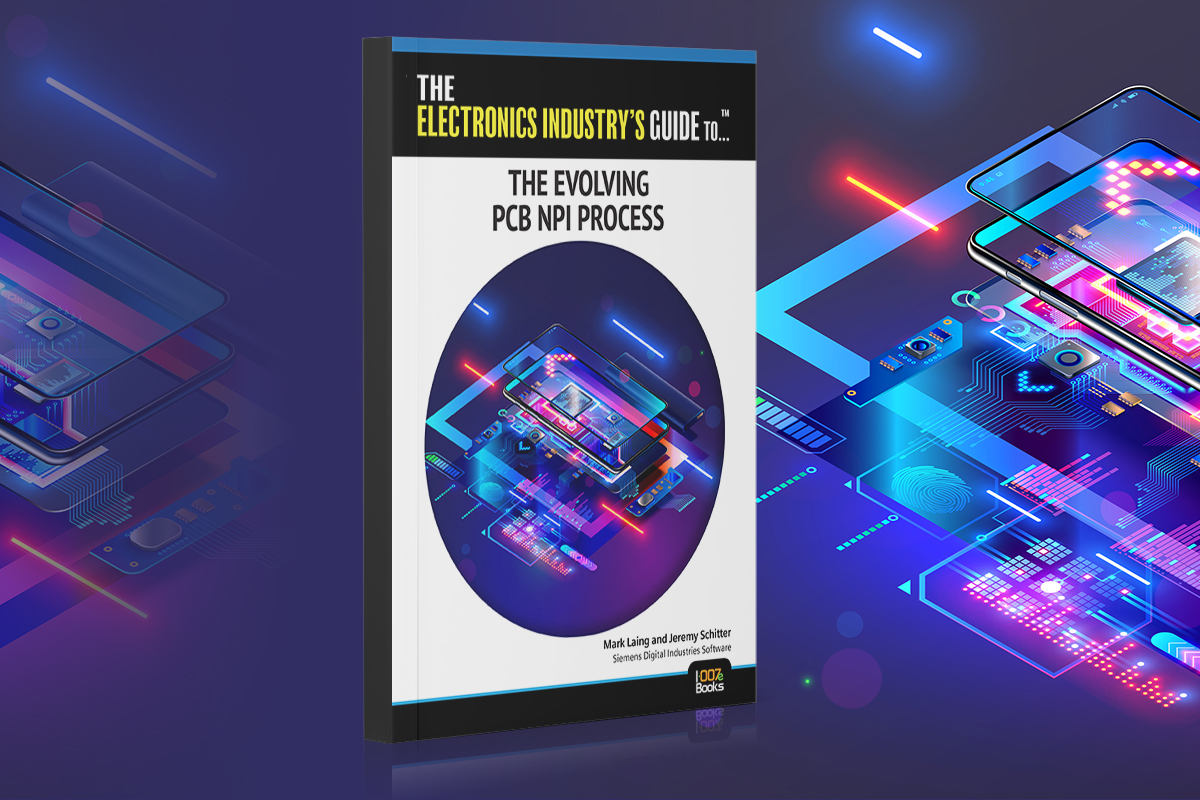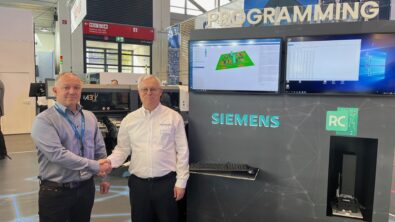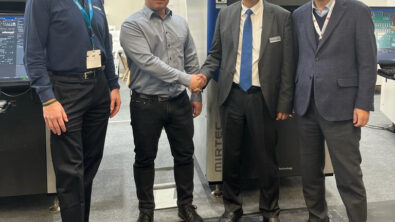Future-proofing NPI With a Holistic Digitalized Process

A new eBook: The Electronic Industry’s Guide to the Evolving PCB NPI Process
Are you wondering about where your PCB manufacturing business should be going in this rapidly changing global economy? Our new ebook, The Electronic Industry’s Guide to the Evolving PCB NPI Process, by Jeremy Schitter and myself, tackles this topic. Reflecting on the past and walking us through to the future, we aim to provide some assurance of success for producing electronic products in today’s unstable business environment.
Today’s PCB manufacturing industry is moving into a new era that consists of a swiftly changing technological landscape, challenges in part procurement, and highly-specific customer demand. This, alongside regulatory compliance and a changing global economic landscape with supply-chain issues, has made designing and producing new products a challenging prospect.
The book encourages and discusses how PCB manufacturers can adapt to navigate and thrive amid a market that has changed significantly over the past 15 years. We believe that the key to efficiency in this new manufacturing landscape is in reducing data processing times to improve overall NPI design-through-manufacturing, including decreasing electrical test debugging and machine prep time.
Using digital twins is also a positive direction for the industry. Although product-model digital twins existed in the past, inefficiencies were built into the NPI process because of poor quality data. The book discusses how streamlining data preparation and portability can increase data quality and speed up processing and preparation times.
Particularly relevant today, this book talks about how to manage the BOM handoff more efficiently, especially with supply chain shortages. We also discuss the importance of automation and consistency for optimizing stencil design and inspection.
Guiding PCB manufacturers to future-proof NPI with a holistic digitalized process is the ultimate goal of this book. The digitalization of design and manufacturing will not just improve the downstream processes, but the knowledge gained can be harnessed as continuous improvement upstream.
The book concludes with a hopeful view of the future where we continue to see momentum and innovation in the evolution of PCB electronics manufacturing. To read more, download the free e-book at https://iconnect007.com/npi.

